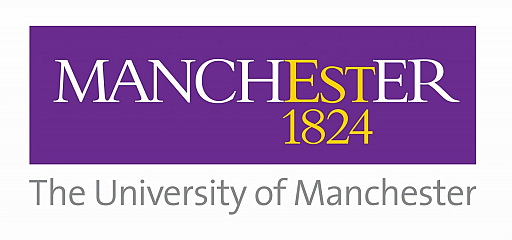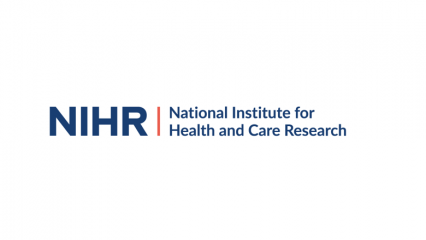Andy’s story
Andy was referred to the multi-disciplinary facial function clinic at the Manchester Royal Eye Hospital after being diagnosed with the rare genetic condition, congenital cholesteatoma.
It’s nearly 10 years ago now, but one day after mountain biking in the cold, I came in to get a shower and I had difficulty moving my mouth; that’s the first time that I noticed that there was something wrong. My face gradually became more paralysed, and I experienced buzzing and the gradual loss of hearing in my right ear.
The paralysis meant that people sometimes gave me a second glance. The right side of my face drooped and I was unable to blink my eye. It was most pronounced when I smiled, because the side of my face which is normal over compensated for the side that is paralysed.
After being referred to Manchester Royal Infirmary, a MRI and CT scan suggested that there was a growth on the nerve around my ear. I underwent an operation to remove it, and it was then that the doctors could see that my condition was actually cholesteatoma (an abnormal collection of skin cells inside the ear).
Since having the operation, I’ve been referred to the multi-disciplinary facial function clinic at the Manchester Royal Eye Hospital. Being based on research into the needs of patients with facial palsy, the clinic brings together consultants specialising in ophthalmology, otolaryngology, plastic surgery, physiotherapy (The Lindens Clinic), and psychotherapy (by referral). It has many benefits for me, not only am I presented with a number of options to help manage my condition, but it also reduces the number of visits required, making it easier to balance alongside my busy job as an environmental health manager.
My ophthalmic surgeon suggested I try Botox to improve the symmetry of my face. I knew that Botox was used cosmetically, but the consultant explained that it had also been used clinically for spasms of the face and that trying it for my condition was something new.
Botox works by relaxing the good side of my face and the treatment lasts for around four months each time. A side effect of the Botox is that I’m unable to smile, so I have to let people know that I’m pleased to meet them with a cheerful voice and using other body language. But for me, improves the symmetry of my face and the pros definitely out weight the cons and I’m enjoying an active life.
I was diagnosed at 44, so I think it may have affected me more earlier in life; for example, when you’re forming relationships. Sometimes I do worry what people will think is wrong with me, but the best thing you can do is be open when people ask. It’s thanks to the fantastic support from my family, friends, work colleagues and specialists at the facial function clinic that I’ve been able to manage so well.
I hope that sharing my story goes towards raising awareness of the condition, and I’ve even used my passion for cycling to undertake a sponsored bike ride to raise funds for the clinic.
Learn more about research at Manchester Royal Eye Hospital, and the ways you can get involved with research.
About the multi-disciplinary facial function clinic
The services delivered by the clinic are the result of research into the treatment needs of patients who have experienced facial palsy (paralysis), a highly disabling condition, which affects around 1 in 5000 people and at its worst can lead to blindness.
Our research established that treating the functional problems (e.g. eating and drinking) of facial palsy alone is not enough, as over 30 per cent of people with facial palsy experience significant levels of anxiety and depression.
By enabling patients to receive care from several specialists at the same clinic, the Manchester Royal Eye Hospital has saved each patient around five visits (equivalent to over 300 miles of travel and 8 hours of travelling time).
The clinic also drives cost savings for the NHS, which provided clinicians with the funds to pioneer an innovative application of Botox.
Through our research, we have demonstrated that one Botox treatment can improve the confidence and speech of patients with facial palsy for around four months. Botox is now available to patients who would benefit from the treatment through our multi-disciplinary clinic, and has this approach has been adopted elsewhere in the NHS (e.g. Queen Victoria Hospital NHS Foundation Trust in East Grinstead, West Sussex).




